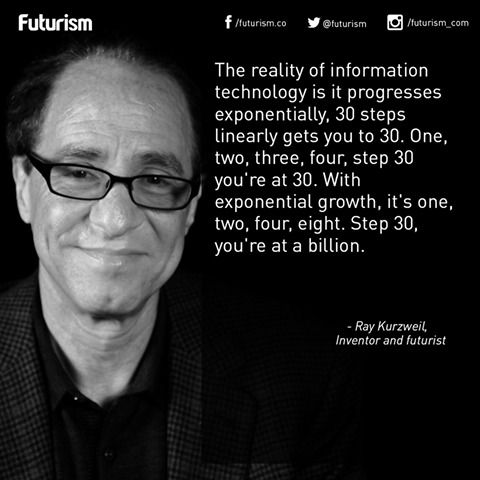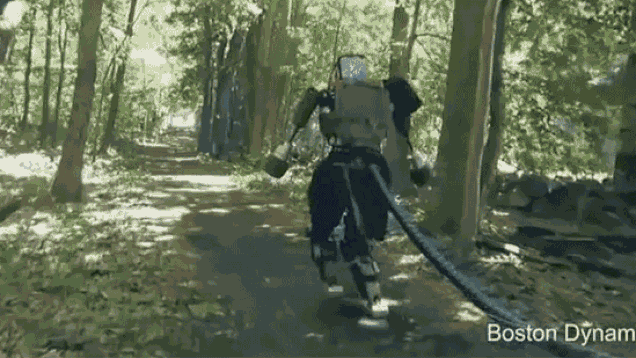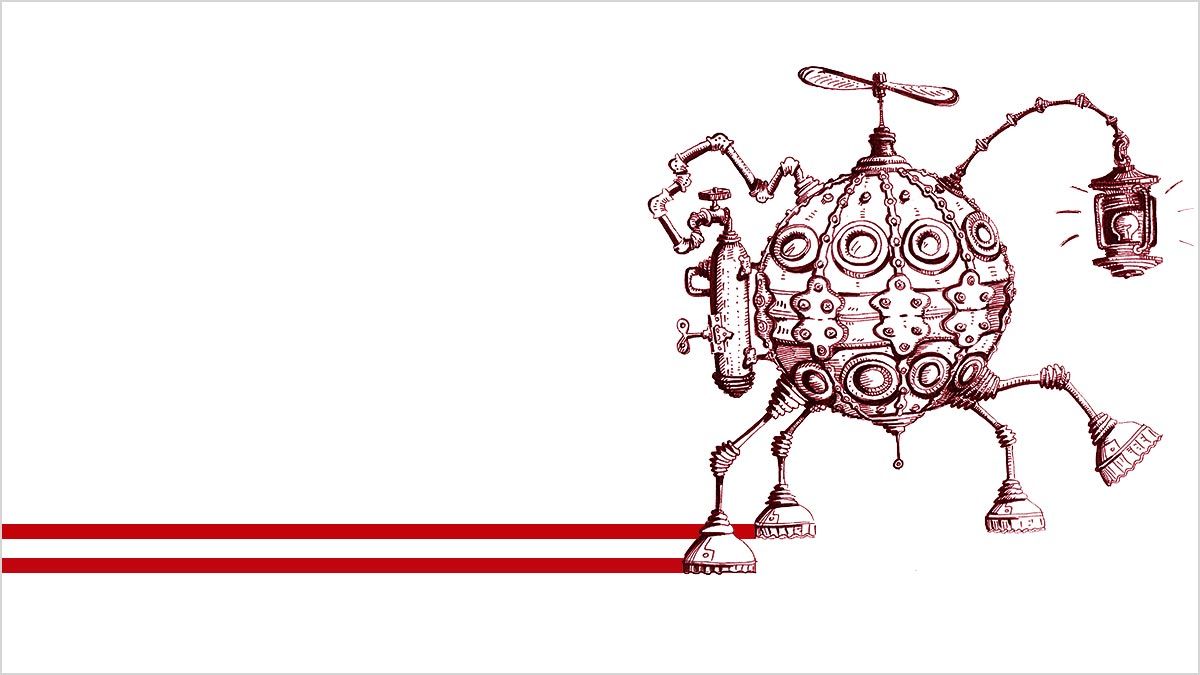The dimensionless aspect, since it has no dimensions, is outside of space and time. This is the key aspect to existence: an aspect outside of space and time perpetually interacting dialectically with an aspect inside space and time. All of the weird and wonderful phenomena of the universe are the products of this ultimate dichotomy.
Does this sound crazy? Then consider the evidence provided by black holes.
The R = 0 Universe.
Black holes are objects where gravity is so strong that light itself cannot escape the gravitational pull. They are the most mysterious objects in the universe and hold the key to the nature of reality. They open the door to understanding the fundamental composition of the universe.
Their hypothetical existence was first predicted in Einstein’s famous theory of General Relativity, but Einstein himself believed it was impossible for them to become real objects in the universe. The reason for that is that they exhibit a feature that physics cannot cope with or comprehend.
Einstein’s equations contain a term that involves dividing the mass of the black hole by the distance “r” from the black hole. The question is what happens when r=0? Division by zero gives a result of infinity. To physicists, it is impossible for infinity to appear in the real world, so they consider r = 0 to be the point at which physics breaks down. At r = 0, the centre of a black hole, gravity is infinite and time itself stops: all of the mass of the black hole is contained within an infinitely small point where the concept of space no longer makes any sense. The point takes up precisely no space at all. Since this point is outside space and time, it is dimensionless. The physical universe collapses into an ineffable twilight state at this point. This apparently impossible object of infinite density and infinite gravity is known as the singularity. No predictions can be made about it, or about what might emerge from it. At the singularity, physicists’ understanding of nature fails completely. Therefore, they believe that there is a fatal flaw in the formulation of Einstein’s theory of general relativity, despite its immense success.
The one thing no physicist has ever contemplated is this: there is no flaw whatsoever. The reason why physics seems to disintegrate at r = 0 is for the extremely simple reason that r = 0 is not in the physical universe. It is in the mental universe, the universe of mind, as we have described in the previous section.




